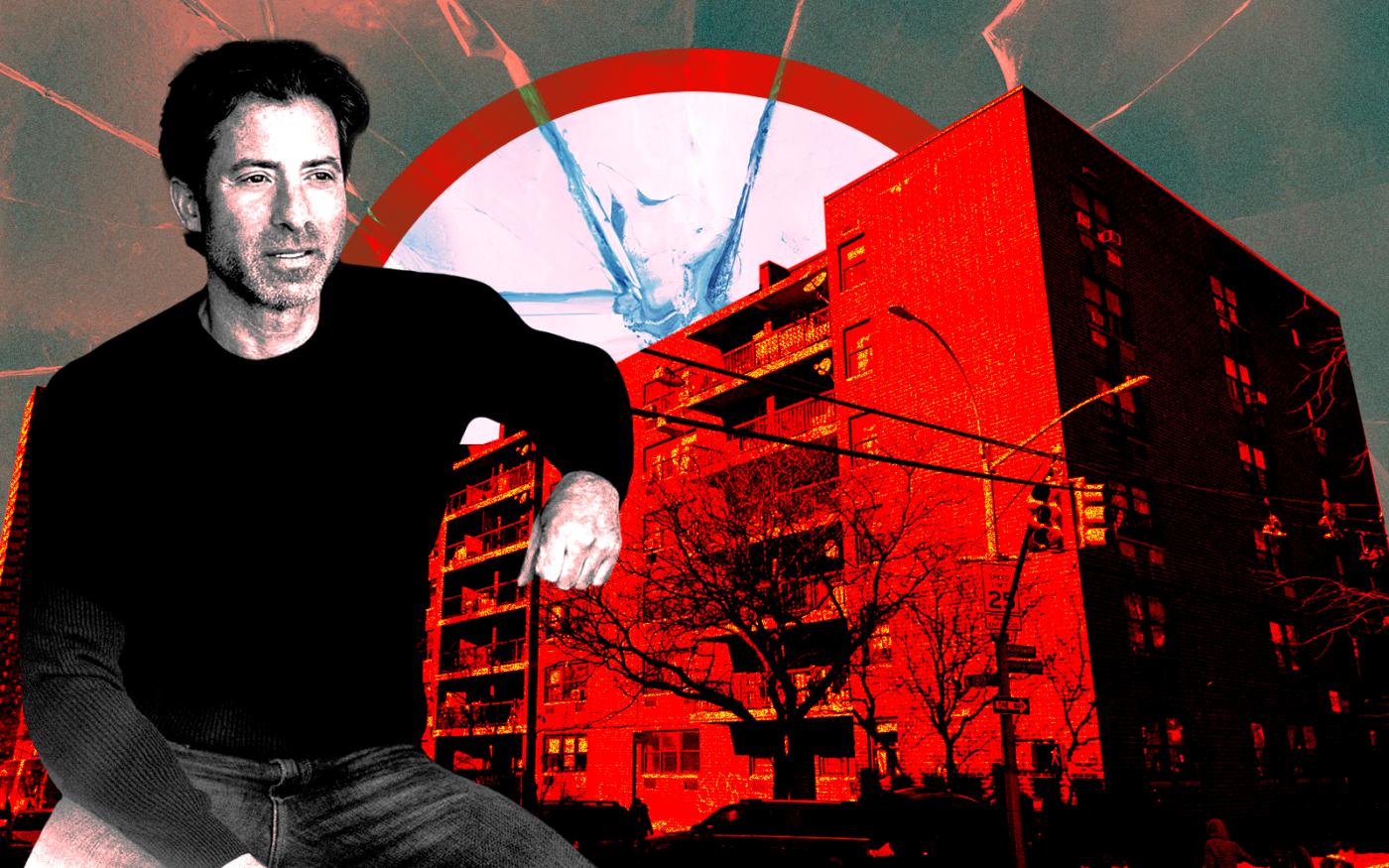The struggles of Sun Belt multifamily investors are spreading to New York.
For much of the past year, ripples of multifamily distress were confined to value-add buyers who borrowed at floating rates to acquire apartment buildings as rents notched records.
But when rates rose and pandemic price growth petered out, the music stopped and delinquencies spiked.
New York was different. When the Federal Funds rate topped out last July, Manhattan rents simultaneously hit all-time highs and have effectively held steady since.
And yet, recent delinquencies signal that for the city’s floating-rate borrowers, record rents aren’t enough to offset the rise in rates.
In June, Mendel Kaff failed to pay off a $122 million loan backed by two Bronx apartment buildings at maturity, according to Morningstar Credit.
The deal, financed with a floating-rate loan in mid-2022, was one of the borough’s blockbuster sales that year. At $169 million, Kaff paid a premium to the $132 million sellers Ephraim and Eli Fruchthandler had spent three years prior.
The properties at 2103-2115 Honeywell Avenue and 2001-2045 Story Avenue looked like good bets. The portfolio was 97 percent occupied, according to Morningstar, the units were all free market and city rents that summer were notching double-digit annualized gains.
Though the Federal Reserve had okayed two rate hikes by the time the investor closed on the debt, few expected the benchmark rate to surge from 1 percent to 5.5 percent in a little over a year.
In just two years, the landlord’s interest payments ballooned above what the portfolio’s 10 percent increase in net cash flow could offset. When the loan matured in June, Kaff couldn’t cover his monthly mortgage payments, let alone the balloon payment at maturity.
The loan transferred to special servicing last month and the investor is gunning for a 60-day forbearance agreement, likely to negotiate a workout.
Kaff could not be reached for comment.
His plight mirrors that of Sun Belt syndicators. Just like Kaff, those investors tapped a securitized loan product known as a commercial real estate collateralized loan obligation.
Some borrowers took out rate caps that have insulated them from higher rates. But the protection typically only lasts until the initial maturity of the loan, not the extensions baked into most CRE CLO mortgages. Rate cap costs rise when interest rates do, and more and more owners are struggling to buy replacements.
Others that didn’t buy the protection plan in the first place have choked on higher rates for over a year and now face balloon payments as their loans come due.
The Astor in Long Island City is in that position.
Sponsors Jason Halpern and Gerard Longo of JMH Development secured a $53 million mortgage in 2021 to refinance the construction loan they’d tapped to build 36-20 Steinway Street, according to Morningstar and property records.
At the time, the project was poised to gain value. The recently wrapped development was mid-lease up, Halpern said. Rents were set to rise on the 100 market-rate units, while the 43 apartments stabilized under 421a — an exemption that would waive property tax payments for decades — would rent at 130 percent of the area median income, the program’s highest tier.
The project wasn’t yet stabilized, so the sponsors tapped a floating-rate loan, Halpern said. The borrowers forwent a rate cap, according to BisNow.
When the loan transferred to special servicing in December for default, the sponsors were paying 9.2 percent interest, according to Morningstar, compared to roughly 4 percent when the team took out the debt, Halpern told BisNow.
The loan doesn’t mature until September, giving the sponsors some time to work out new terms. Both parties have executed a pre-negotiation agreement, according to Morningstar, meaning talks are underway.
But data suggests the distress hitting the niche set of New York borrowers is only starting.
All told, $2.7 billion in short-term floating-rate debt is tied to New York metro area properties, according to Morningstar. Nearly half of it is watchlisted and 85 percent has either matured already or is set to come due in the next year.
Borrowers without rate caps have already weathered the pain of higher rates.
Read more


But even for the subset that did protect themselves, maturity will hit like a brick. Property values have fallen as interest rates have surged and cap rates expanded, meaning lenders are asking borrowers to kick in more equity on top of the higher borrowing rate.
The lifeline would be rate cuts, which the market expects the Fed could start in September.
But few industry observers believe the cuts will run deep enough to ease those maturities.
